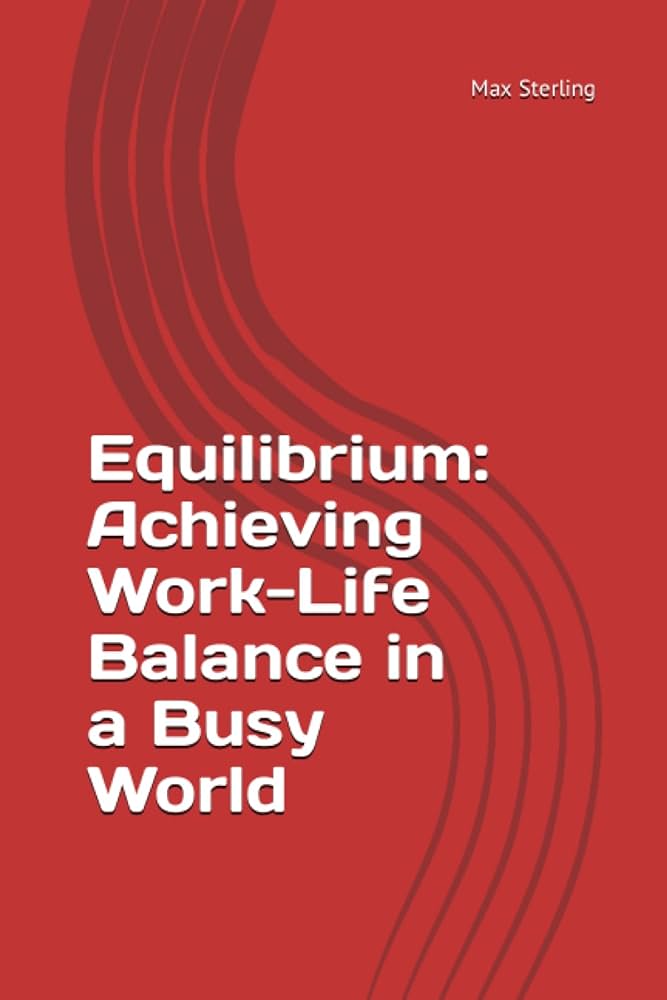Introduction: Finding Balance amidst Chaos
In today’s fast-paced, ever-connected world, achieving a harmonious work-life balance can feel like an elusive dream. Between demanding jobs, incessant emails, never-ending to-do lists, and personal commitments, it’s easy to become overwhelmed and drowned in a sea of tasks. However, as someone who once found themselves caught up in this chaotic whirlwind, I have come to realize that finding balance is not only possible but crucial for overall well-being. In this blog post, I will share my personal journey and offer practical tips for achieving work-life balance in a busy world.
My Personal Struggle: The Imbalance Spiral
A few years ago, I found myself completely consumed by work. As an ambitious professional, I believed that success could only be achieved through non-stop dedication and uncompromising commitment. At first, it seemed to pay off as I excelled in my career, receiving accolades and promotions. However, beneath the surface, I was slowly losing touch with what truly mattered – my health, relationships, and personal passions.
I vividly remember a turning point when a close friend told me that I appeared exhausted and disconnected. It was a wake-up call that forced me to reassess my priorities and start the journey towards work-life balance.
Defining Work-Life Balance: Beyond the Obvious
To embark on this quest, it was crucial for me to understand what work-life balance truly meant. It’s easy to assume that it entails dividing time equally between work and personal life, but in reality, it goes much deeper than that. True work-life balance is about integrating all aspects of life in a way that nurtures holistic well-being.
Tips for Achieving Work-Life Balance
1. Assess your priorities: Start by identifying what truly matters to you. Reflect on your values, interests, and the people you care about. This self-reflection will help you make conscious decisions about your time and energy allocation.
2. Set boundaries: Establish clear boundaries between work and personal life. Define specific working hours and honor them. Communicate these boundaries with your colleagues and loved ones to ensure they are respected.
3. Learn to say no: Many of us struggle with saying no, fearing it may harm our reputation or opportunities. However, saying no when necessary is essential for maintaining a healthy balance. Prioritize tasks and commitments that align with your priorities and politely decline those that don’t.
4. Unplug and recharge: Technology has revolutionized the way we work, making it difficult to truly disconnect. However, it’s crucial to carve out dedicated time for relaxation, away from screens and notifications. Engage in activities that replenish your energy and help you recharge.
5. Prioritize self-care: Neglecting self-care is a common pitfall for those seeking balance. Make time for activities that nourish your physical, mental, and emotional well-being. Exercise regularly, practice mindfulness or meditation, and indulge in hobbies that bring you joy.
6. Delegate and collaborate: Accept that you can’t do it all. Delegate tasks at work and enlist the support of family and friends in your personal life. Surround yourself with a reliable support system, allowing you to share responsibilities and create more space for personal pursuits.
7. Embrace imperfection: Perfectionism often leads to burnout and frustration. Accept that mistakes happen, and not everything will go as planned. Be kind to yourself, embrace imperfections, and focus on progress rather than perfection.
8. Foster open communication: Cultivate an environment of open communication at work and home. Communicating your needs, expectations, and challenges helps establish understanding and support from colleagues and loved ones.
9. Schedule quality time: Quality trumps quantity when it comes to personal relationships. Schedule regular blocks of uninterrupted, quality time with loved ones to deepen connections and create lasting memories.
10. Evaluate and adjust regularly: Achieving work-life balance is an ongoing process. Regularly evaluate your current situation and adjust accordingly. Be mindful of shifts in priorities or circumstances that may require a change in your balance strategy.
Conclusion: Nurturing Balance, Fostering Well-being
As daunting as it may seem, achieving work-life balance in today’s busy world is within reach. Through my personal journey, I have come to appreciate the importance of nurturing both professional and personal aspects of life. By setting boundaries, prioritizing self-care, and cultivating open communication, we can create a harmonious integration that fosters overall well-being. Remember, balance is not a one-time achievement but an ongoing process that requires self-awareness, adaptability, and a commitment to living a life aligned with our true values.
